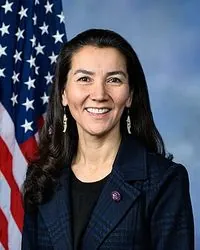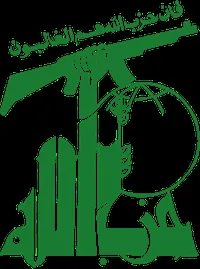Lenin's Nose: Ukraine's War Museum Showcases Russian Incursion Artifacts
Kyiv's war museum unveils a new exhibit featuring items collected from Ukraine's recent incursion into Russia's Kursk region, including a piece of Lenin's statue, sparking discussions on war documentation and ethics.

In a striking display of wartime documentation, Kyiv's war museum has unveiled a new exhibit featuring artifacts from Ukraine's recent military incursion into Russia's Kursk region. The centerpiece of this collection is a fragment of Vladimir Lenin's nose, once part of a concrete statue in Sudzha, Russia, now symbolizing Ukraine's bold counter-offensive.
Yuriy Savchuk, the 59-year-old director of Ukraine's war museum, embarked on a perilous mission to gather these items. He crossed into Ukrainian-controlled Russian territory four times in August 2024, collecting a diverse array of objects that tell the story of Ukraine's surprise offensive on August 6, 2024.
"We may lose this first picture of the war. And so, we needed to see it, to feel these emotions, to witness it with our own eyes in order to reproduce it in the public space."
The exhibit, hastily assembled for the one-month anniversary of the incursion, showcases items ranging from local newspapers and movie posters to a bullet-riddled road sign indicating the diverging paths to Ukraine and Russia. This sign, according to Savchuk, symbolizes the growing distance between the two nations.

The collection also includes archival Ukrainian maps of Russia's border regions, highlighting the historical context of the area. Some of the seized territory was once considered part of Ukraine, a fact that the exhibit aims to emphasize without justifying the use of force to redraw borders.
Ukraine's military action in Kursk, which resulted in the seizure of approximately 500 square miles of Russian territory, marks the first such assault on Russian soil since World War II. The museum's rapid response in documenting this event underscores its historical significance.
However, the collection of these items has raised ethical questions. When asked about potential accusations of looting, Savchuk firmly rejected such characterizations, stating that the objects were already damaged or destroyed. He contrasted Ukraine's efforts to preserve these artifacts with Russia's alleged deliberate destruction of cultural objects in Ukraine.
The exhibit also draws parallels between civilian experiences in both countries. A handwritten sign from a Russian bomb shelter, nearly identical to those seen in Ukraine, serves as a poignant reminder of the shared human cost of conflict.
This new display joins other exhibits in the museum documenting Ukraine's liberation of its own territories, including a recreation of a civilian bomb shelter from Hostomel, a Kyiv suburb. These exhibits offer visitors an immersive experience of the harsh realities of wartime life.
As the conflict continues, the museum's role in documenting and preserving the artifacts of war becomes increasingly crucial. The urgency and risks involved in Savchuk's collection efforts highlight the importance of timely historical documentation, even as the events unfold.


































